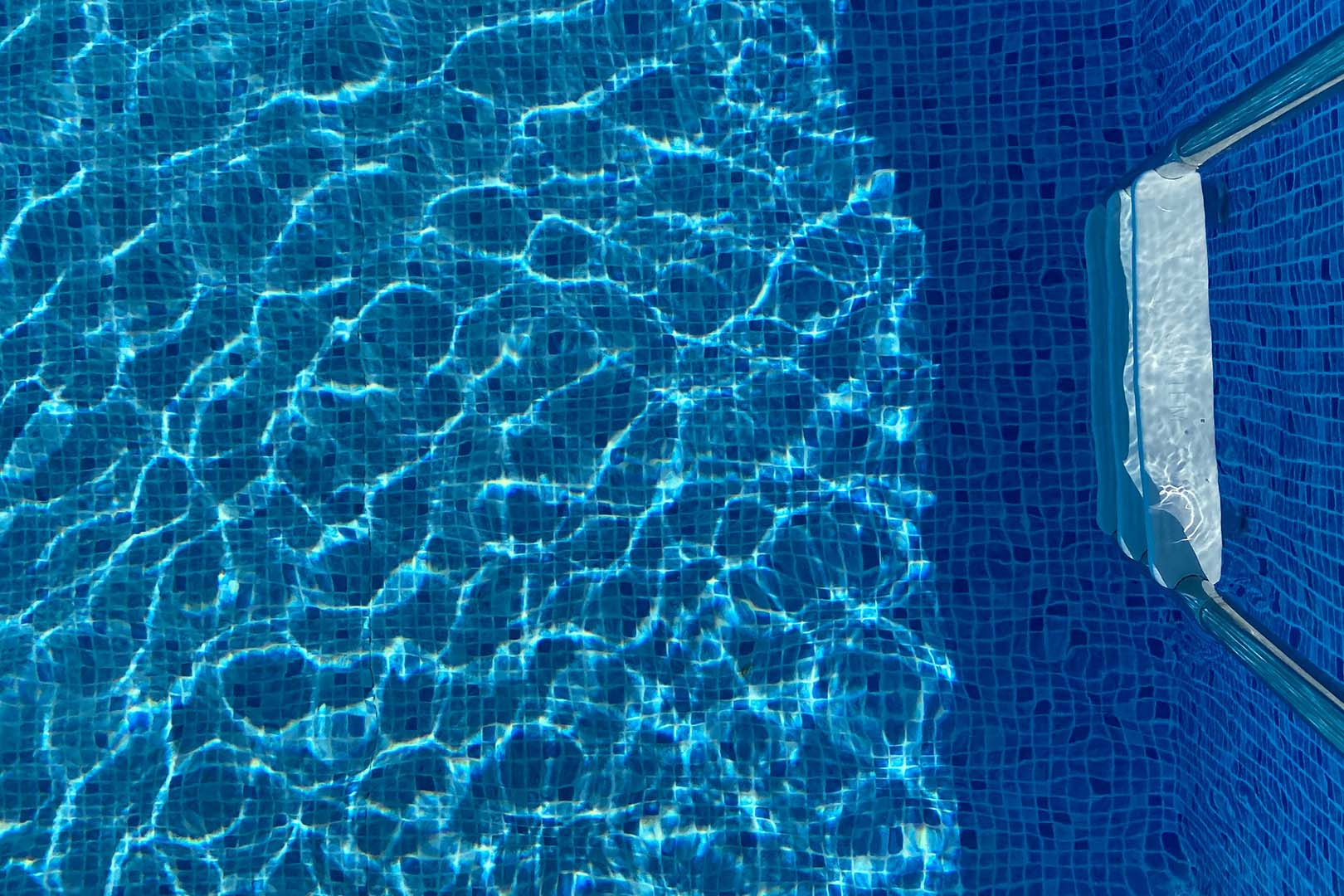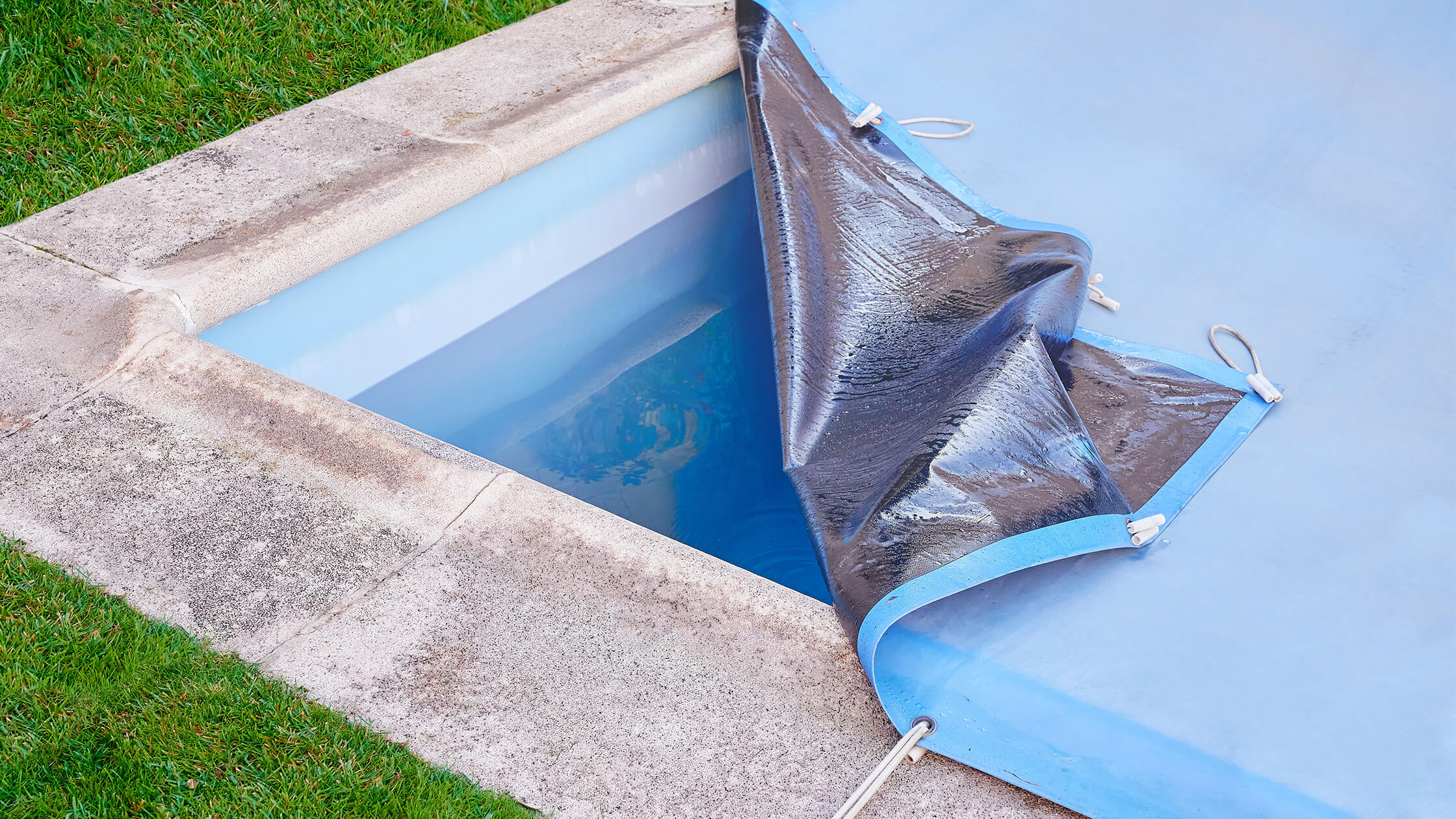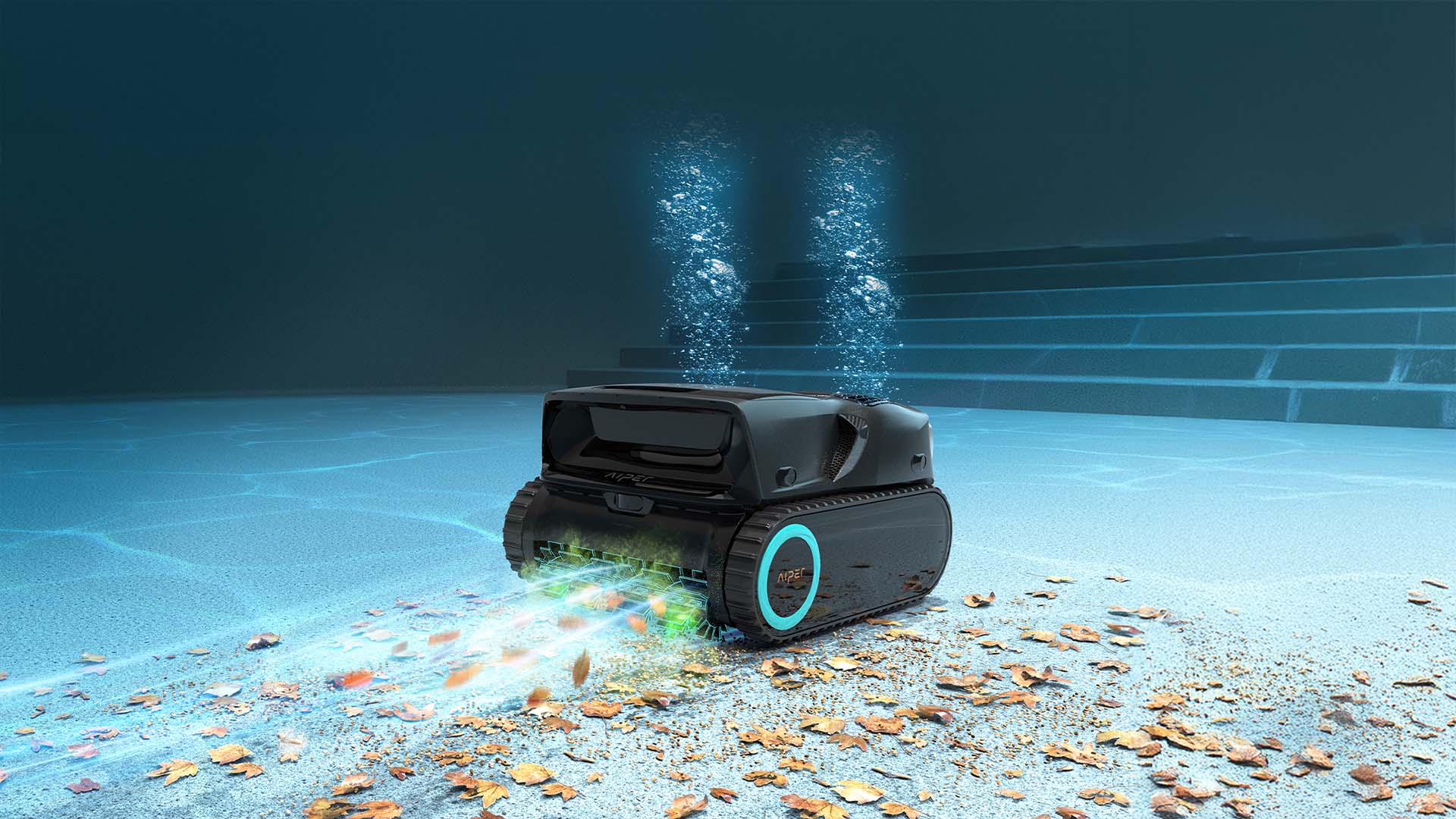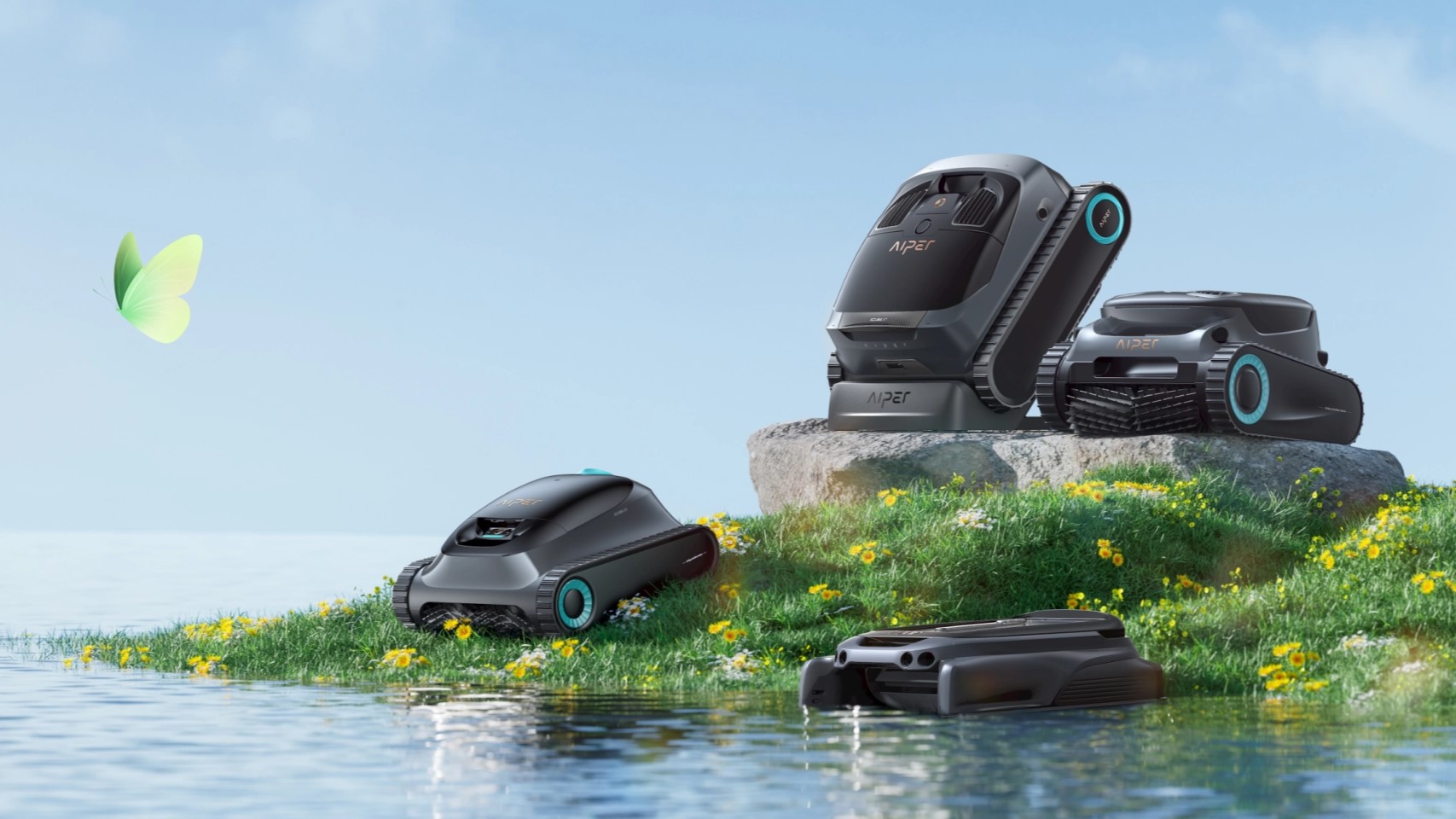
How to Do a Bucket Test for Pool Leaks: Step-by-Step Guide to Detect Water Loss
Have you noticed your pool water dropping whenever you go out for a swim? Are you unsure if it’s a leak or merely evaporation? Well,
Subscribe Now to Get AUD $15 Off Coupon

A sparkling swimming pool is a backyard oasis, offering the homeowners an enjoyable and relaxing escape from the routine chaos. However, to sustain this experience, regular maintenance of the swimming pool is vital.
Maintaining a swimming pool isn’t just limited to cleaning the water. It’s also about cleaning what’s covering it. Swimming pool enclosures play a key role in preserving the quality and longevity of the water. Swimming pool covers come in different types. You can have a manual pull cover that requires some effort to cover the whole pool area, but it’s very affordable. For people willing to spend a bit more to eliminate the effort, there are automatic pool covers.
Whether you have a manual or an automatic pool cover, cleaning and maintaining it are equally important. In this article, we will provide a comprehensive guide on how to clean pool covers. Following this simple cleaning routine at least once a year will ensure a longer lifespan of your pool cover, whether it’s manual or automatic.
Table of Contents
Before learning about how to clean pool covers and carrying out the cleaning job, it’s vital to gather all the necessary tools and equipment that would assist you in effectively cleaning your pool covers. With the right tools and materials, you will be able to perform the cleaning job effectively, and the results will be worth the effort.
Here is the list of tools and materials you need to have before starting to clean the pool cover:
With the materials in hand, let’s dive into the step-by-step guide for cleaning your pool cover effectively:
Start by removing any large debris from the pool cover, such as leaves, twigs, or other bulky objects. Use a telescopic pool brush, a nylon pool brush, or a soft-bristled broom to gently sweep them away. Be careful not to apply too much pressure, as this could damage the cover. Regularly clearing debris helps prevent mold and mildew buildup and ensures the cover stays in good condition.
If there is any standing water on your solid pool cover, it’s important to remove it before cleaning. Use a pool cover pump to drain the excess water off the cover. This will make it easier to handle and clean, preventing unnecessary strain on the material. Be sure to remove all standing water before proceeding to avoid water spots and mold growth.
Once you’ve removed the debris and excess water, it’s time to deep clean the cover. First, take the cover away from the pool and lay it flat in a reasonably clean area, such as a paved driveway or grassy area. Avoid placing your cover on a rough surface, as twigs or sharp stones might puncture it. If you’re cleaning a solar cover, place it somewhere shady or out of direct sunlight to avoid overheating and damaging the cover. Apply the cleaning solution to the cover and use a soft brush or sponge to gently scrub the surface. Avoid walking on the cover, as this can damage it. Use your pool brush or the telescopic pool brush to extend your reach.
Next, apply a pool cover cleaning solution to the surface of the cover. Use a soft brush or sponge to gently scrub the surface, ensuring you clean both sides of the cover. Avoid walking on the cover, as this can cause unnecessary wear and tear. Use your telescopic pool brush to extend your reach if needed. For stubborn spots, scrub gently to avoid damaging the material.
After scrubbing, thoroughly rinse the pool cover to remove any soap residue and dirt. Start from one end and work your way across, making sure the entire surface is clean. Clean both the top and bottom sides to ensure no cleaning solution is left behind, which could cause material degradation over time. Use a garden hose or pressure washer, but be mindful of the pressure to avoid damaging the cover.
When the cover is completely dry, fold or roll it neatly for storage. Follow the manufacturer’s instructions for the specific type of cover you have, as proper storage techniques may vary. Always store the cover in a clean and dry area away from direct sunlight or extreme temperatures.
By following these simple steps to clean your pool cover, you can ensure it stays ready to protect your pool year after year. Remember to carefully inspect and clean your pool cover regularly to maintain its effectiveness and prolong its lifespan.
Pool covers are subject to common issues like minor or major damages, as well as mold and mildew. It’s a good idea to carefully inspect for thin areas, rips, or other damage. If you notice any holes or tears in the damaged area that are smaller than a dollar bill, you can use pool cover patch kits to repair the damage promptly.
Addressing these issues early on will help prevent further damage and extend the life of your cover. If the cover has excessive damage, consider ordering a new cover and disposing of the old one.
Rolling up a wet cover traps moisture, which can lead to mold and mildew. If possible, lay the cover out in direct sunlight to expedite the drying process, unless you have a solar cover. Remember that a solar cover needs to be kept in a shady area whenever it’s off the pool to avoid damage. If rodents, gnawing insects, or dusty conditions are a problem, store the cover inside a hard plastic bin for extra protection.
Proper maintenance of pool covers can surely increase their lifespan. Different pool covers require different cleaning schedules. It’s best to follow the manufacturer’s instructions about routine maintenance of the pool cover.
It’s best to pack and store pool covers in your storage during the off-season. It will prevent unnecessary exposure to extreme weather during months when you will not be using the pool for long. In addition to cleaning the pool cover, it’s also important to regularly clean the pool itself. Ensure the chemical balance of the pool water.
A quality pool vacuum will assist you well. A premium pool vacuum cleaner like the Aiper Scuba S1 Pro is designed for horizontal waterline cleaning. It’s designed for the toughest cleaning jobs, where the dual filtration system works in tandem with the quad brushless motor to dedicate more power to scrubbing and suction. It can pick up and store small debris in the massive 5-liter debris basket.
We hope you now have a thorough idea of how to clean a pool cover. By following all the mentioned pool maintenance tips and the step-by-step guide to cleaning the pool cover, you’re going to ensure an effortless and effective cleaning job. Following the maintenance tips for pool covers will help you sustain its effectiveness and prolong its lifespan.
Q: Can I use dish soap to clean a pool cover?
A: Yes, dish soap is a safe and effective option for cleaning pool covers. Many pool owners prefer using Dawn dish soap because it effectively removes dirt and grime without damaging the cover material. Simply mix a small amount of dish soap with water to create a gentle cleaning solution.
Q: Can I power wash a pool cover?
A: Yes, you can use a power washer to clean a solid pool cover, but use it cautiously to avoid damaging the material. A power washer is particularly effective for removing tough debris accumulated during the winter months. Alternatively, you can use a telescoping brush and a mild detergent solution for a gentler clean.
Q: Can I use bleach on my pool cover?
A: Yes, bleach can be used to disinfect your pool cover and remove stubborn stains. Mix a diluted bleach solution and scrub the cover using a sponge or soft brush. After scrubbing, thoroughly rinse the cover with clean water to remove any bleach residue. Avoid using bleach on solar covers, as it may damage their material.
Q: How often should I clean my pool cover?
A: It’s recommended to clean your pool cover at least once a year, preferably at the start of the pool season when you remove it from storage. However, if your pool cover is exposed to heavy debris, mold, or mildew, cleaning it more frequently will help prolong its lifespan and maintain its effectiveness.
Q: What’s the best way to remove mold from a pool cover?
A: To remove mold from a pool cover, start by mixing a solution of water and a small amount of dish soap or bleach (if the material permits). Apply the solution to the affected area and scrub gently with a sponge or brush. Rinse thoroughly with a hose and allow the cover to dry completely before storage to prevent mold from returning.

Have you noticed your pool water dropping whenever you go out for a swim? Are you unsure if it’s a leak or merely evaporation? Well,

Are you tired of leaves littering up your pool every time you step out for a swim? The daily struggle of skimming leaves and cleaning

Imagine your pool buzzing with your friends having fun, laughter echoing around your backyard, and having the time of their lives. Want to make it

Spring is here, and it’s time to refresh your pool! Get that cover off and start cleaning your pool to enjoy upcoming fun-filled days. But

Imagine your pool surrounded by lush green trees, sparkling vividly and perfectly popping with beautiful landscaping, giving a natural vibe. Sounds relaxing, right? This blog
Aiper 2025. All Rights Reserved